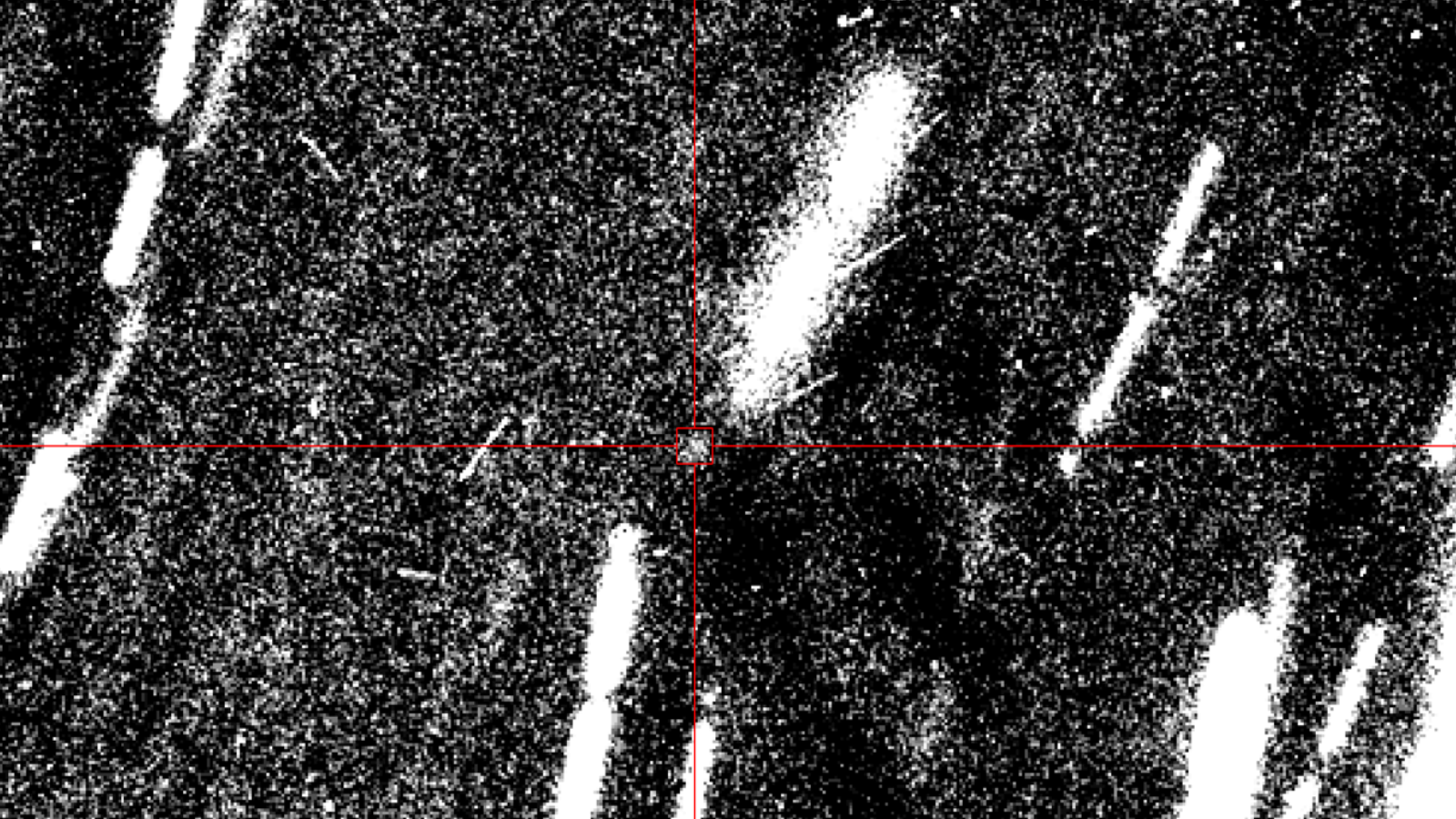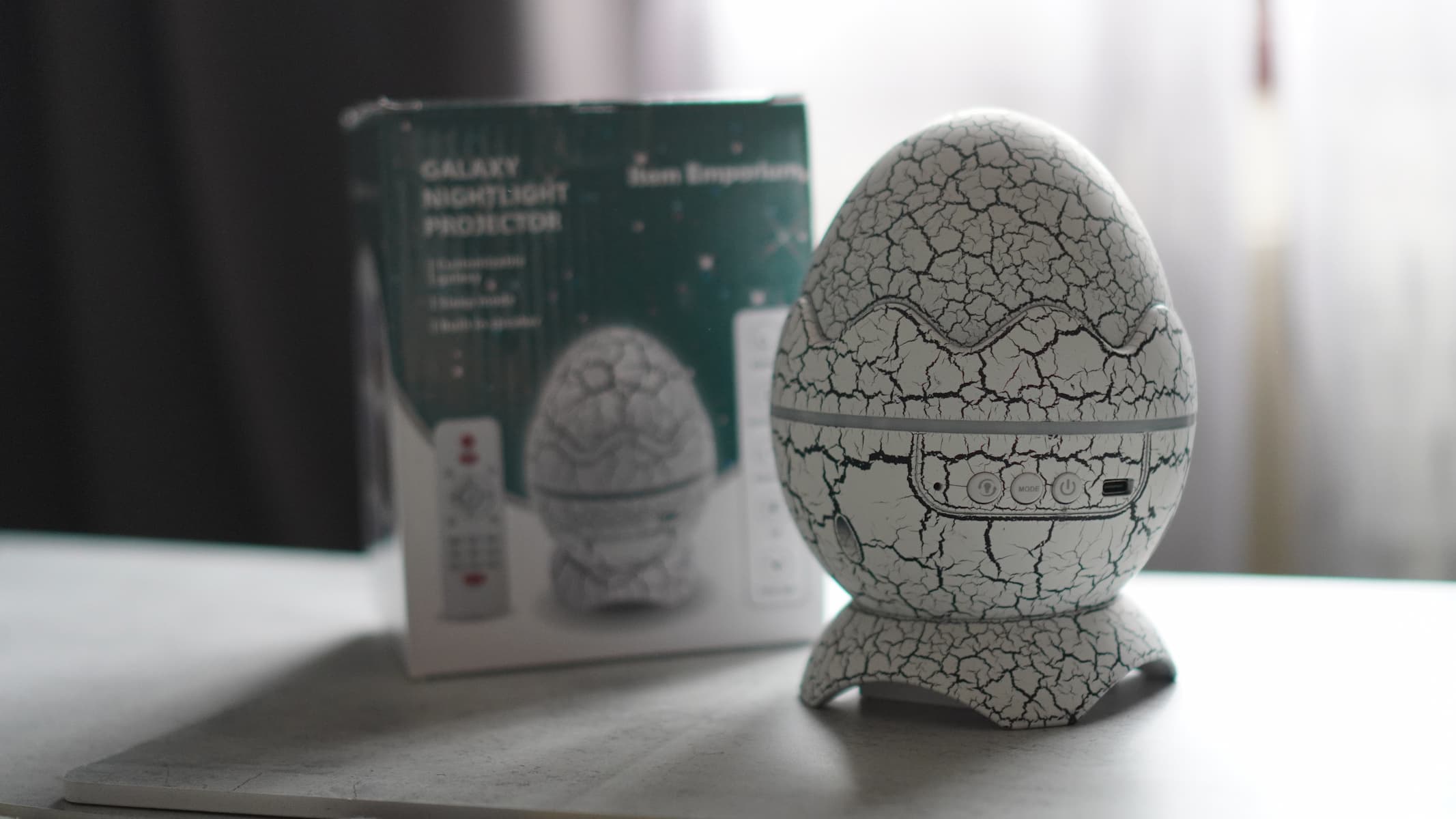Earth's recent asteroid visitor might've been a piece of the moon
"This is a story about the moon as told by asteroid scientists."

Earth's distant rocky companion was likely a fragment of the moon blasted into space thousands of years ago, according to a new study that deepens our understanding of the types of space rocks that drift near our planet and occasionally impact it.
Last year, the space rock named 2024 PT5 — about the size of a school bus —drifted past Earth so slowly that it lingered near our planet for nearly two months before moving away. It returned in early January, whizzing by at a safe distance of 1.1 million miles (1.8 million kilometers), or about five times as far from our planet as the moon is. It then moved on to continue its trajectory solo, according to NASA.
Fascinatingly, observations with the Lowell Discovery Telescope in Arizona and the NASA's Infrared Telescope Facility (IRTF) in Hawai'i, which were taken shortly after 2024 PT5 was discovered on Aug. 7 last year, suggest this asteroid actually broke off from the moon's surface due to a large impact thousands of years ago.
A comparison of the spectra from 2024 PT5's surface to a large database of meteorite, terrestrial and lab-made materials revealed that it reflected light more like rocks from the moon than any other known asteroid type, according to the study. More specifically, The space rock's spectra most closely matched moon samples brought to Earth by the Apollo 14 mission, leading scientists to posit that it may have originated from lunar highlands.
"We had a general idea that this asteroid may have come from the moon, but the smoking gun was when we found out that it was rich in silicate minerals — not the kind that are seen on asteroids but those that have been found in lunar rock samples," Teddy Kareta, an astronomer at Lowell Observatory in Arizona, who led the recent observations, said in a statement.
"This is a story about the moon as told by asteroid scientists," he added.
The observations also confirmed 2024 PT5 had all the characteristics expected of a rocky surface, including the extent to which its orbit is perturbed by solar radiation. That allowed the researchers to rule out an artificial origin for the asteroid, such as from rocket bodies and other space junk that occupy similar orbits.
Get the Space.com Newsletter
Breaking space news, the latest updates on rocket launches, skywatching events and more!
2024 PT5 is the second near-Earth asteroid scientists suspect was ejected from the moon's surface, the first being 469219 Kamo'oalewa, which a different team of scientists have traced to an old impact crater on the far side of the moon.
While one such moon-blasted asteroid could be explained as an outlier, two suggest there is a larger population waiting to be discovered, Kareta and his team write in their new paper. At least 16 such rocks in the current catalog of near-Earth objects may be of lunar origin, the scientists say.
Asteroids like 2024 PT5 frequently pass near Earth, but their small size makes them challenging to detect, even with powerful telescopes. Upcoming observations from the Vera C. Rubin Observatory could help identify and track some of these smaller space rocks. And a catalog of such objects could be valuable for planetary defense models assessing the impact risk of near-Earth objects, scientists say, as the models currently do not consider lunar ejecta as a potential source of near-Earth asteroids.
The study was published on Jan. 14 in The Astrophysical Journal Letters.
Join our Space Forums to keep talking space on the latest missions, night sky and more! And if you have a news tip, correction or comment, let us know at: community@space.com.

Sharmila Kuthunur is a Seattle-based science journalist focusing on astronomy and space exploration. Her work has also appeared in Scientific American, Astronomy and Live Science, among other publications. She has earned a master's degree in journalism from Northeastern University in Boston. Follow her on BlueSky @skuthunur.bsky.social
-
dmm Reply
"Earth's recent asteroid visitor might've been a piece of the moon"Admin said:Earth's temporary asteroid friend last year was a chunk of its real moon that had been blasted into space thousands of years ago, scientists find.
Earth's recent asteroid visitor might've been a piece of the moon : Read more
Not "might". "May." "Earth's recent asteroid visitor MAY have been a piece of the moon". Conditional tense, not subjunctive (aka "hypothetical").
